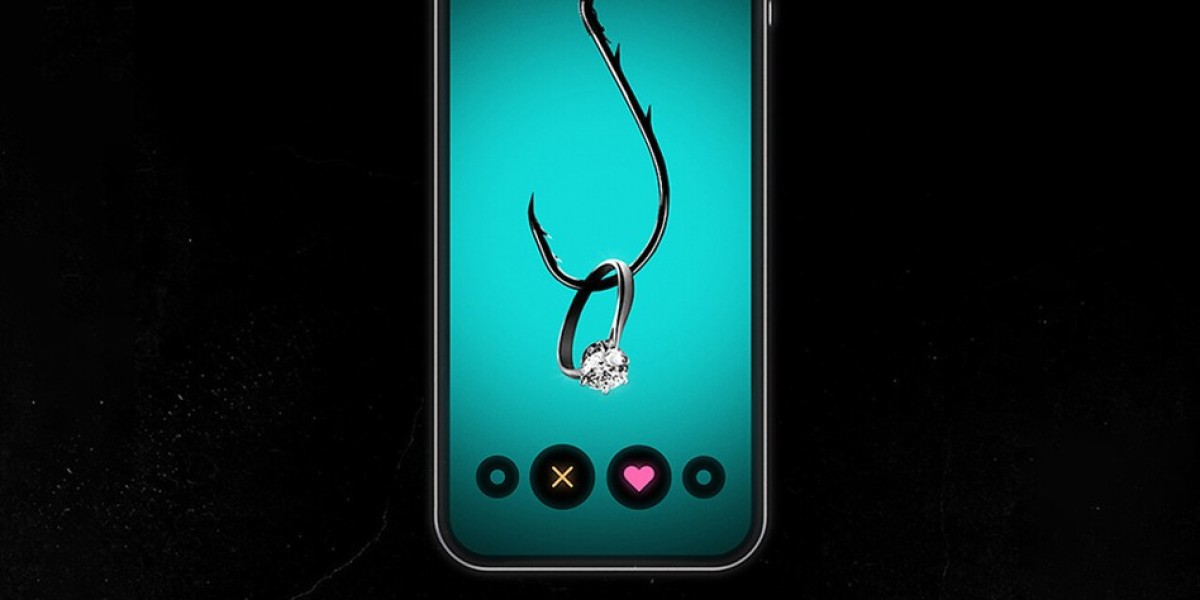The Evolution of Artificial Organs
The development of artificial internal organs represents one of the most revolutionary chapters in modern healthcare. From mechanical hearts to bioengineered kidneys, these synthetic or biologically compatible replacements serve one crucial purpose: to mimic the function of a failing or damaged organ and extend human life.
What once seemed futuristic is now a growing reality. Technological innovation, combined with urgent demand due to chronic diseases, is pushing the boundaries of what's possible. Artificial organs are no longer temporary aids—they are becoming viable, long-term solutions for patients across the world.
Life-Saving Innovation for Critical Conditions
The need for organ transplants far exceeds available donor organs. In this gap, artificial internal organs offer life-saving alternatives. For patients with end-stage heart, liver, or kidney disease, the introduction of artificial devices provides hope where options are limited.
Devices like ventricular assist devices (VADs), artificial pancreases for diabetics, and dialysis machines are already in use, significantly improving survival rates and patient quality of life. Moreover, 3D-printed organs and tissue scaffolds are gradually becoming part of regenerative medicine's future, offering personalized and precise care.
Market Insights and Driving Forces
The artificial internal organ market is expanding due to the rising incidence of chronic disorders, aging populations, and ongoing technological advancements. Cardiovascular and renal diseases, in particular, are responsible for millions of deaths annually, making artificial heart and kidney devices crucial.
Biocompatibility, durability, and miniaturization are among the leading innovations being explored. Companies and research institutions are investing in artificial lungs, bio-artificial livers, and bionic eyes—devices that not only replicate function but can be tailored to individual anatomy.
In emerging economies, improving healthcare infrastructure and increased awareness are further contributing to the growth of this dynamic sector.
Challenges Along the Way
Despite its promising outlook, the artificial internal organ market faces several challenges. High development costs, stringent regulatory pathways, and long approval timelines remain hurdles for manufacturers. There are also ethical questions about accessibility—who gets to receive these life-extending innovations?
Another key issue is patient adaptation. While some artificial devices work externally or temporarily, implantable devices often require long-term lifestyle changes and close monitoring. This adds complexity to treatment and care management, especially in underserved regions.
However, continued collaboration between medical researchers, engineers, and policymakers is helping overcome these obstacles. Streamlined approval systems, greater funding, and global health partnerships are making these life-saving solutions more accessible.
The Future of Internal Organ Replacement
The future of artificial internal organs looks bright and increasingly personalized. Imagine organs that are 3D-printed from your own cells, reducing the risk of rejection. Or artificial hearts that can monitor themselves and communicate directly with your healthcare provider via connected technologies.
Innovative areas like biohybrid organs, which combine synthetic materials with biological tissue, are poised to bridge the gap between machines and biology. These futuristic approaches not only offer better functionality but also promote natural integration with the body.
Additionally, wearable and implantable biosensors are transforming patient monitoring, offering real-time feedback and minimizing complications. The integration of AI-driven diagnostics, robotics, and bioprinting is set to further accelerate this life-changing medical revolution.


